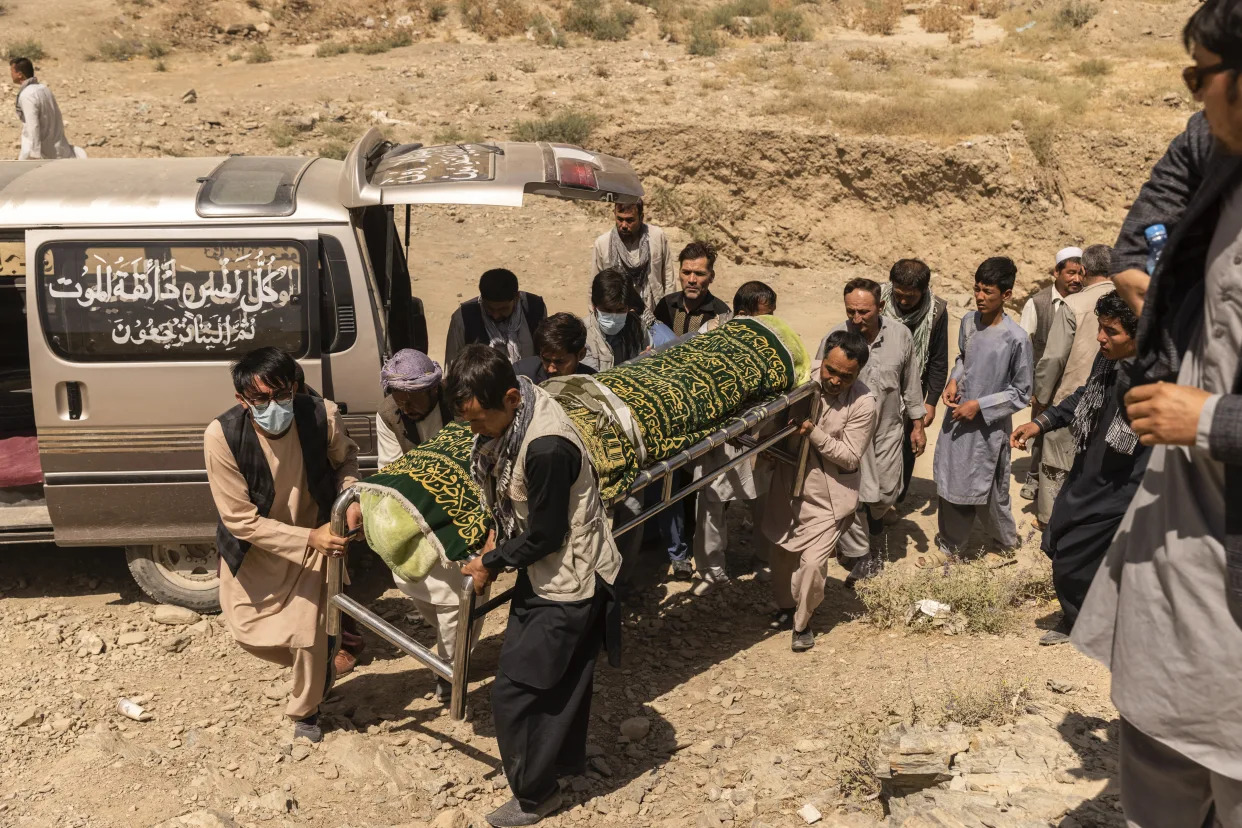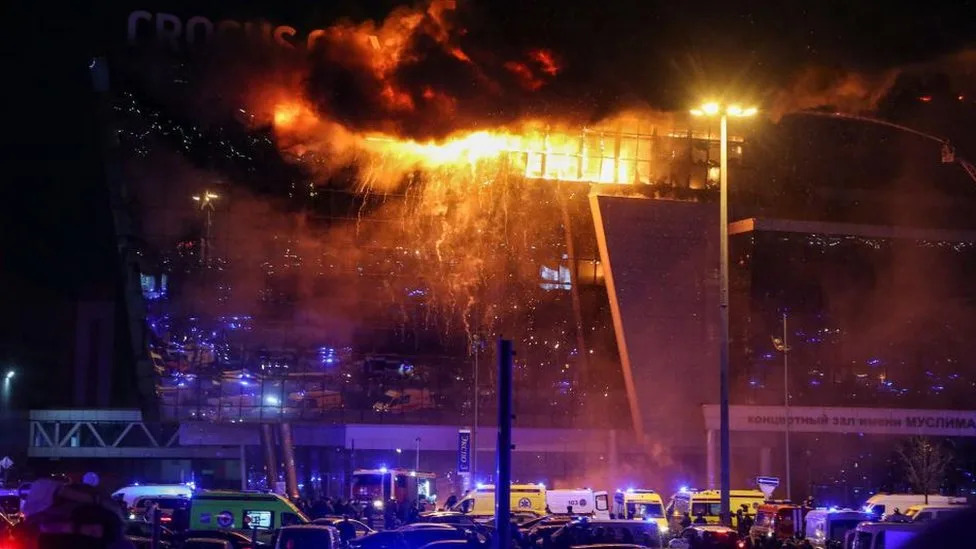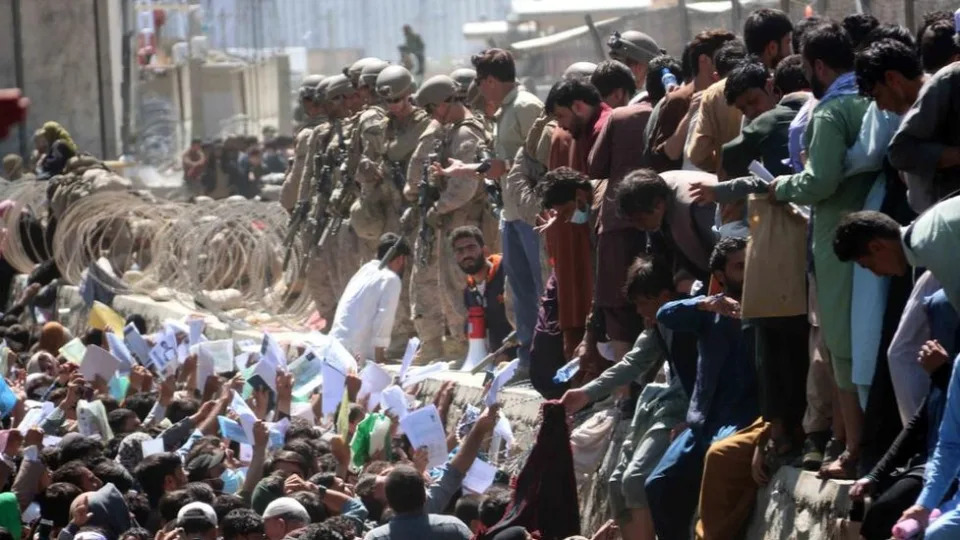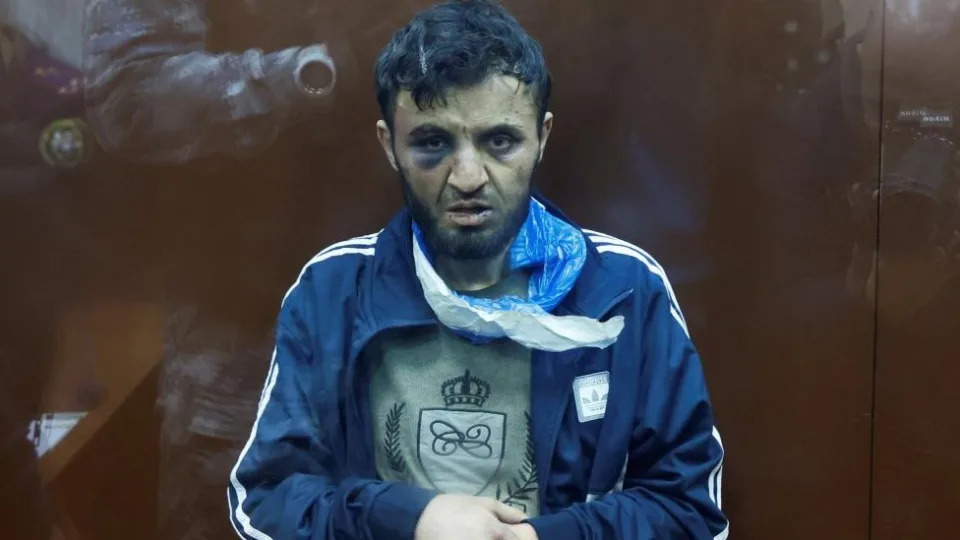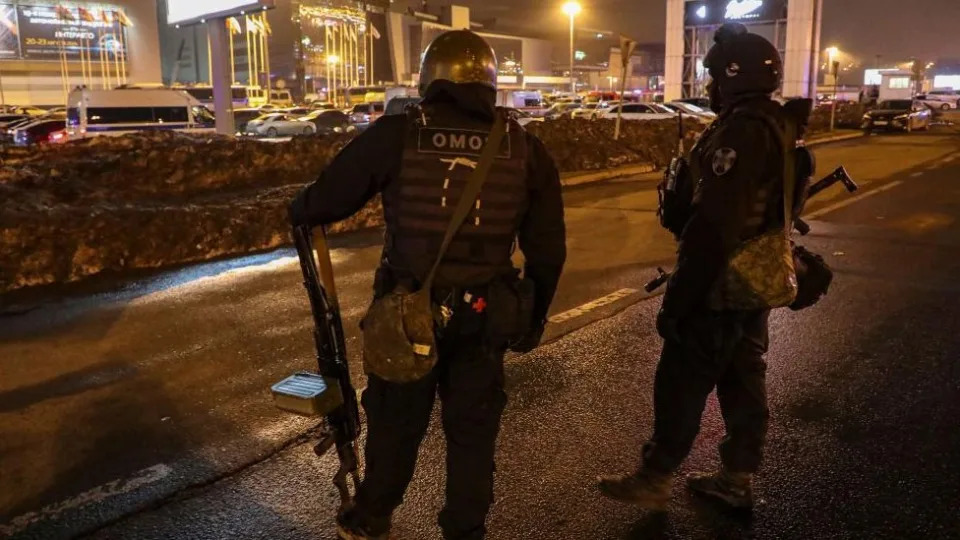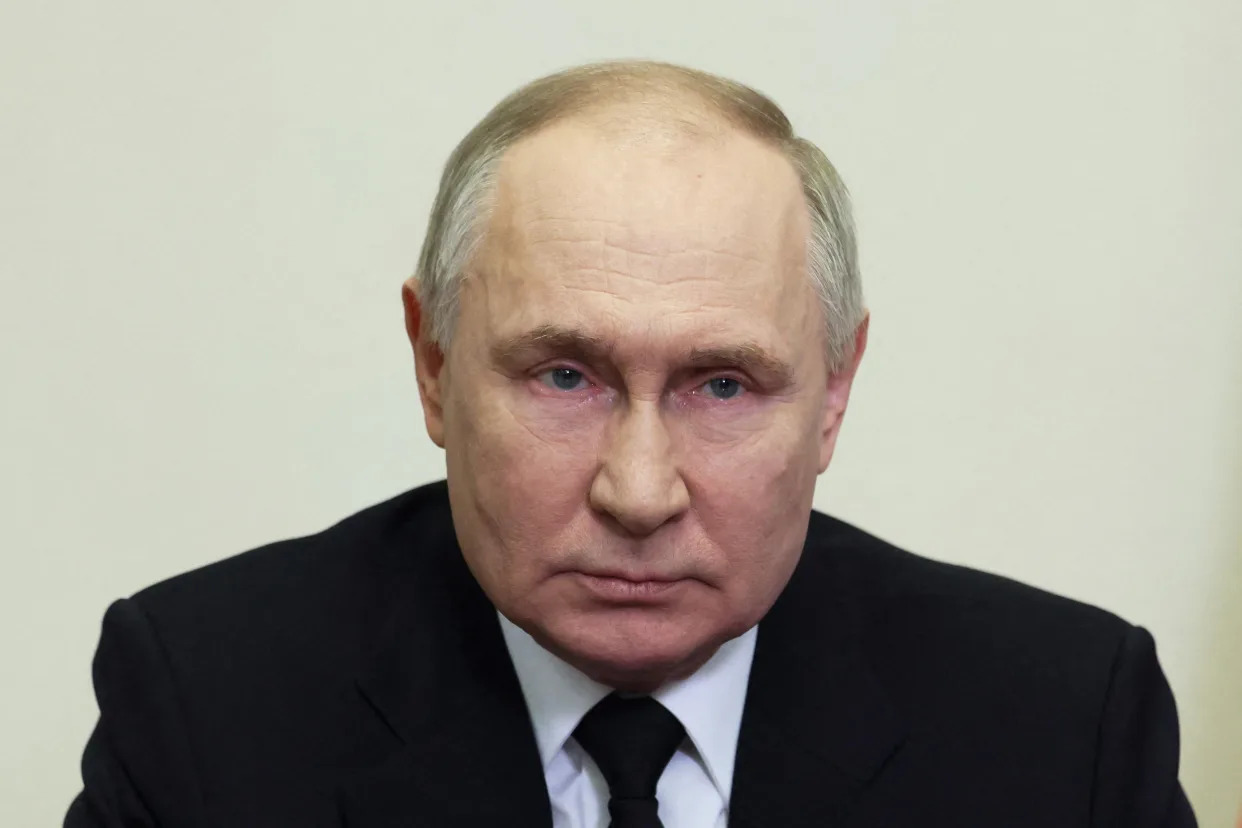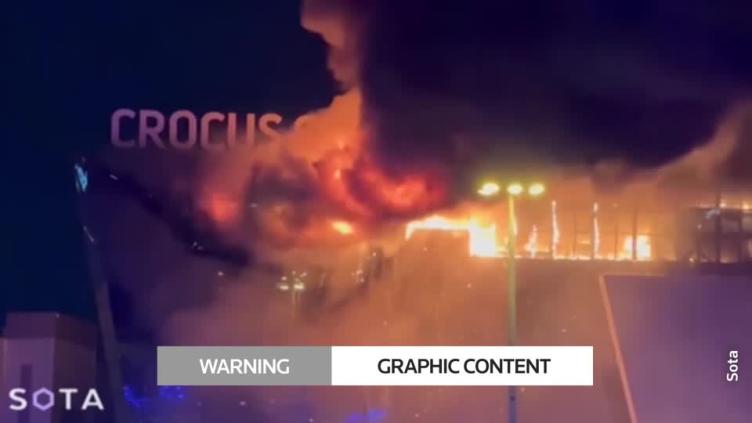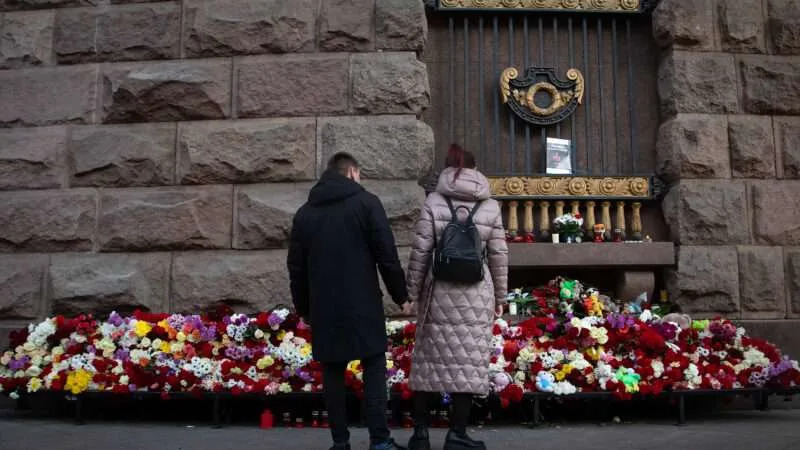IS-K Global terrorist threat

THE deadly attack on a concert hall in Moscow last week, which left around 140 people dead, marks the expansion in the terrorist operations of the so-called Khorasan chapter of the militant Islamic State group. The daring IS-K assault in the Russian capital demonstrates the group’s increasingly destructive capacity to carry out high-profile acts of terrorism beyond the region it has so far been operating in.
The attack has raised the profile of the IS-K as a global terrorist group that has long been active in Afghanistan and the surrounding countries. The suspects who were arrested are from the Central Asian region, which has produced a large contingent of foreign fighters for the Islamic State in the Middle East in the past. Many of them are now associated with its Khorasan chapter after the routing of the transnational jihadi group in Iraq and Syria.
It is, however, not clear why the group targeted Russia. According to some analysts, the militants see Russia as responsible for the persecution of Muslims. In September 2022, IS-K claimed responsibility for a deadly suicide bombing at the Russian embassy in Kabul. Moscow has long been concerned about the rise of IS-K’s influence in the Central Asian states.
While accusing the Islamic extremists of the attack, the Russian president has also tried to link the incident to the war with Ukraine. A recent UN report quoted by the Western media said, “Some individuals of North Caucasus and Central Asian origin travelling from Afghanistan or Ukraine towards Europe represent an opportunity for [IS-K], which seeks to project violent attacks in the West.”
Meanwhile, the Moscow massacre has alerted other countries to the growing terrorist threat. The IS-K has emerged as the most dangerous transnational terrorist group. A top American military official told a US congressional committee a day before the attack that the IS-K “retains the capability and the will to attack US and Western interests abroad, in as little as six months, with little to no warning”. According to some media reports quoting Western counterterrorism officials, in recent months, several IS-K plots to attack targets in Europe have been foiled.
A resurgent IS-K has emerged as the most dangerous transnational terrorist group.
An offshoot of the Middle East-based IS, the militant outfit, which was formed in 2015, has been involved in a series of spectacular attacks in Afghanistan and Iran. It was behind a bombing attack earlier this year that killed over 80 people in the Iranian town of Kerman during a memorial procession for Maj-Gen Qasem Soleimani, an Iranian commander who was killed in an American drone strike in 2020 in Baghdad. Several other attacks in Iran also have the group’s fingerprints all over them.
Just before the Moscow incident, the group had claimed responsibility for a suicide attack in Kandahar, the second largest city of Afghanistan, killing and injuring several people. The IS-K has also been responsible for attacks in Pakistan’s Balochistan province. Some banned Sunni sectarian groups have reportedly joined the group.
The first signs of the transnational militant group organising itself in the Afghanistan-Pakistan region emerged in 2014. Early IS-K recruits came from the ranks of splinter factions of the Pakistani Taliban, who had been driven into Afghanistan after large-scale operations in the former tribal region by the Pakistan Army. Some low-ranking Afghan Taliban commanders also joined the radical group.
In 2014, Abdul Rahim Muslim Dost — a former Afghan Taliban commander from Kunar province — was named organiser for the group’s Khorasan chapter. With some high-profile defections from the ranks of the Afghan Taliban, the group evolved a formal organisational structure.
In January 2015, the militants released a video proclaiming themselves the administrators of an official wilayat (province) for IS in Afghanistan and Pakistan. The creation of the shura for Khorasan (the historical name for the region including parts of Afghanistan, Pakistan, Iran and Central Asia) was endorsed by the IS supreme command. It named the former TTP commander of Orakzai Agency in Pakistan, Hafiz Saeed Khan, as IS head in the Khorasan region and Mullah Abdul Rauf, a former Afghan Taliban commander who had spent many years in Guantanamo, as his deputy.
Soon after the formation of its Khorasan chapter, the group became active in many provinces of Afghanistan. In most cases, defections from the Afghan Taliban ranks to the IS-K were motivated by the group’s huge financial resources rather than its radical and rigid worldview and ideology. In many regions, the Afghan Taliban fought with the IS-K for control.
However, IS-K underwent a rapid surge in numbers — which reached, as per some estimates, 4,000 — after the US forces exited Afghanistan and the Taliban once more took up the reins. Most of them have apparently come from other transnational militant groups. Its alliance with the TTP has further strengthened it.
There was a marked escalation in IS-K attacks at the end of the American war. The terrorist group also attacked Kabul’s international airport in 2021, in which 13 US troops and a large number of civilians were killed during the chaotic American withdrawal from the country.
According to a UN report released in January, the Afghan Taliban’s efforts to defeat the group have caused the number of attacks in Afghanistan to decline. But the threat posed by this terror nexus goes beyond the region.
With their strength increasing, transnational militant groups and foreign fighters are a dangerous threat to not only Afghanistan but also its neighbours, especially Pakistan. The Afghan Taliban’s continuing support for militant groups such as the TTP is seen as a significant reason behind the IS-K’s resurgence.
Many IS-K fighters have come from TTP factions who took refuge in Afghanistan. While the IS-K has been fighting the Afghan Taliban, the group has coexisted with TTP factions in eastern Afghanistan.
The Moscow attack makes it clear that the group’s growing capacity threatens the region and beyond. A joint regional strategy is needed to deal with this common threat.
The writer is an author and journalist.
zhussain100@yahoo.com
X: @hidhussain
Published in Dawn, March 27th, 2024




